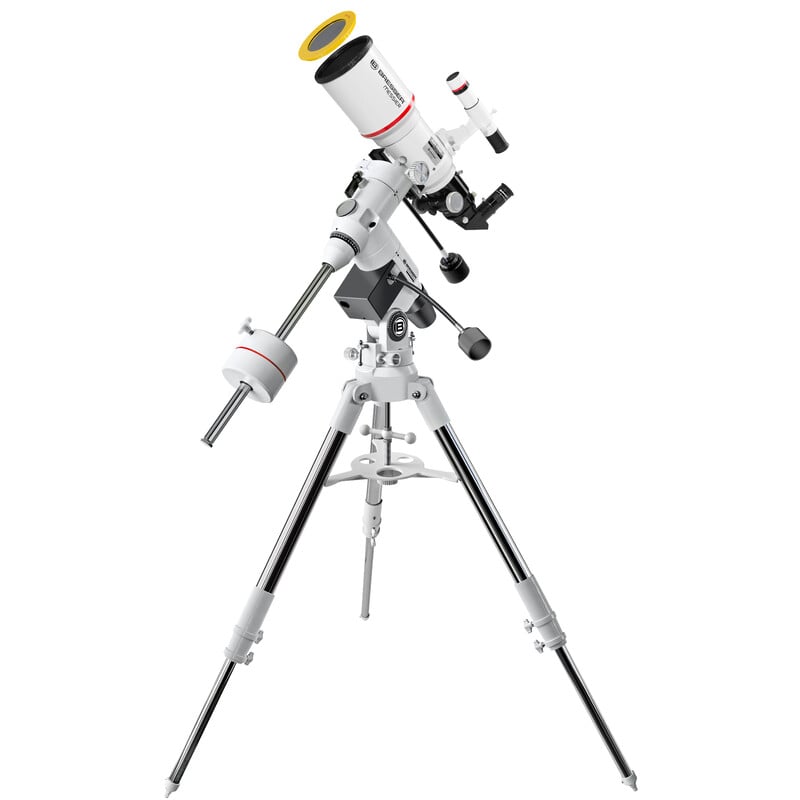Admiring a beautiful starry sky often seems reserved for remote places with dark skies. But what if you live in a busy city and your balcony is your only vantage point? Is stargazing from your balcony a realistic option?
The answer is yes! Thanks to smart telescopes like the Vespera II, Vespera Pro, and Hestia, you can also enjoy the wonders of the universe from your balcony. In this blog post, discover how to make the most of your limited space and urban conditions to still capture spectacular images of the night sky.
The challenges of stargazing in the city
Stargazing in urban areas presents a number of challenges:
- Light pollution: The abundance of artificial light in cities makes it difficult to see stars and other celestial bodies.
- Limited sightlines: Buildings and other obstacles can limit your view of the sky.
- Weather conditions: Urban areas often suffer from smog or cloud cover.
Yet it is possible to get around these limitations with the right tools and techniques.
Why smart telescopes are ideal for balconies
Smart telescopes offer solutions that make stargazing in urban areas much easier. Here are some of the benefits:
- Automatic alignment
Smart telescopes such as the Vespera Pro can automatically align and find objects even in limited sightlines. This means you can still enjoy stargazing from a balcony with partial access to the sky. - Light pollution filters
These telescopes have built-in technology to reduce noise from light pollution, improving the visibility of objects such as the moon and planets. - Compact and portable
The compact designs of the Vespera II and Hestia make them perfect for small spaces, such as balconies. - Real-time image processing
With features such as stacking, these telescopes can reduce noise and enhance detail even in challenging conditions.
Tips for stargazing from your balcony
To get the most out of your stargazing sessions, here are some practical tips:
- Choose the right location on your balcony
Find the darkest part of your balcony and make sure that as little direct light as possible falls on your telescope. - Use a light shield
A simple screen or cloth can reduce light pollution from surrounding buildings. - Focus on bright objects
Start with objects that are easily visible, such as the moon, Venus, Jupiter, and Saturn. These celestial bodies are usually bright enough to overcome light pollution. - Invest in smart telescopes
Models such as the Vespera Pro and Hestia are specifically designed to enable astrophotography and observations in challenging urban environments. - Use apps and tools
Many smart telescopes come with apps that map the night sky and help you find objects even if they are not visible to the naked eye.
What can you see from a balcony?
Although stargazing from a balcony has limitations, you can still observe some beautiful celestial bodies:
- The moon: Even in urban areas, you can see craters and mountains on the moon in detail.
- Bright planets: Venus, Jupiter and Saturn are usually easily visible.
- Star clusters: Some clusters, such as the Pleiades, can be seen clearly with a smart telescope.
- Satellites: With the right settings, you can even spot satellites moving across the sky.
Conclusion: stargazing can be done anywhere
Stargazing need not be limited to remote, dark places. With the right tools, such as smart telescopes from Vespera II, Vespera Pro, and Hestia, you can even enjoy the wonders of the night sky from a balcony.
Are you ready to admire stars from your own balcony? Check out our collection of smart telescopes and start your stargazing adventure today!







